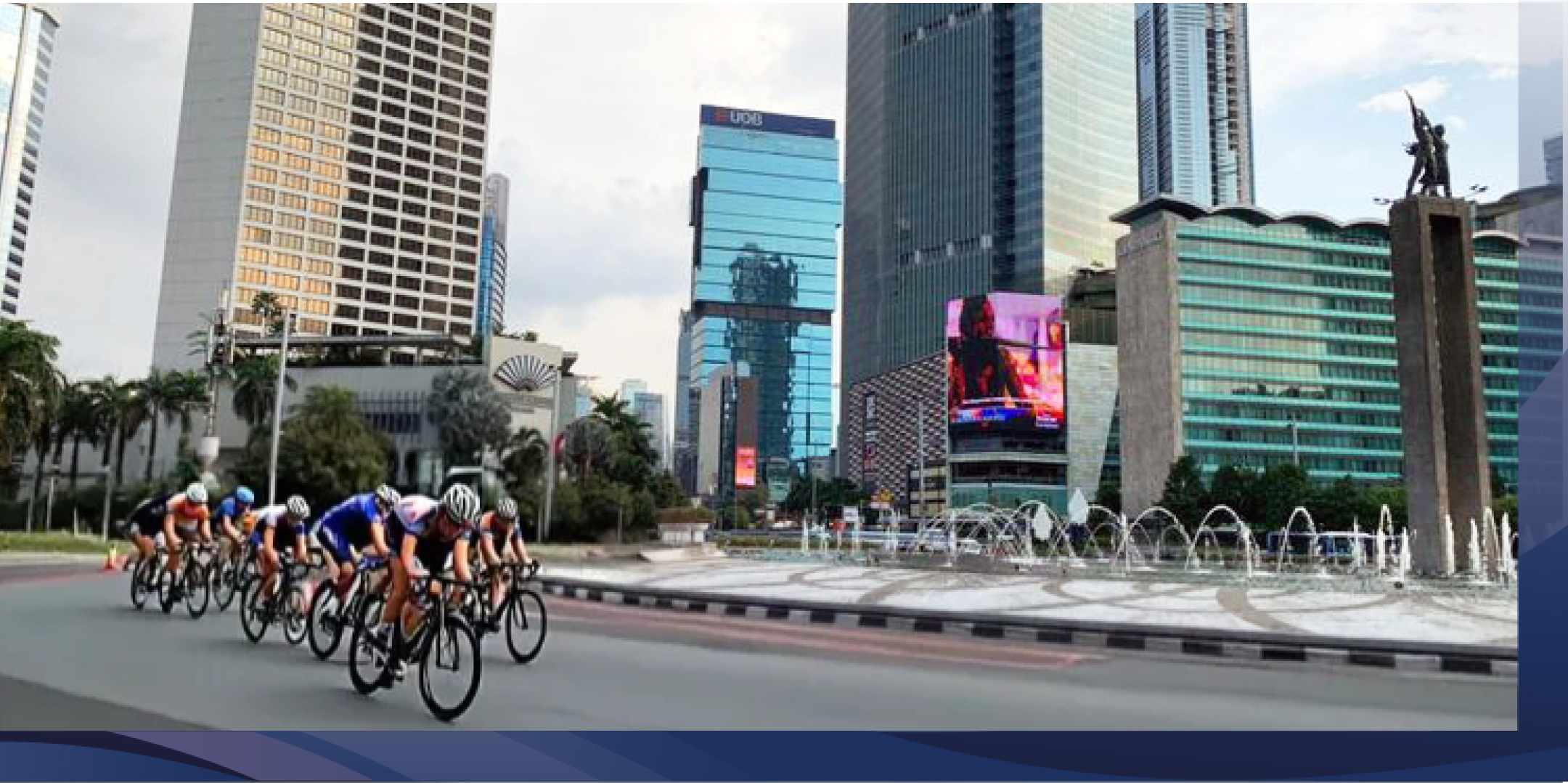Geologically, Indonesia is located along the “Ring of Fire,” a tectonic plate boundary marked by fault lines and volcanoes. This ring stretches for approximately 40,000 kilometers across equatorial countries like Peru, Chile, Tonga, Japan, the Philippines, and Indonesia.
According to the United States Geological Survey, about 81 percent of the world’s largest earthquakes occur along this ring. The movement of tectonic plates towards each other is one of the causes of earthquakes. The converging tectonic plates create subduction zones, leading to the formation of mountains, folds, and basins of sedimentary rock deposit. These sediment basins serve as sources of crude oil deposits, formed from the remains of microorganisms that lived millions of years ago, carried by rivers and mud, and then settled on the ocean floor under high pressure and temperature.
Indonesia is one of the world’s largest producers of oil and natural gas. As of 2022, Indonesia ranks 24th globally in terms of oil production. It continues to hold the top position in Southeast Asia for both oil production and oil reserves.
Currently, Indonesia’s daily oil production ranges from 610,000 to 620,000 barrels per day, while its daily oil consumption stands at approximately 1,550,000 to 1,600,000 barrels per day. This means that Indonesia still needs to import oil to meet its daily consumption needs.
In terms of natural gas production, Indonesia produced 54.86 billion cubic meters of natural gas in 2022. According to the Ministry of Energy and Mineral Resources (ESDM), the domestic consumption of natural gas in Indonesia has reached 68%. The majority of natural gas usage is directed towards industrial needs, accounting for 29.25%. The government is committed to further increasing the use of gas for domestic purposes.
The government has set a target to reach a daily oil production of 1 million barrels by 2030 to meet domestic needs. To achieve this, the government encourages the development of cutting-edge technologies capable of increasing domestic oil production and reserves. The government has also introduced policies to support responsible utilization.
As an example, the implementation of Enhanced Oil Recovery (EOR) techniques on aging wells has the potential to significantly increase Indonesia’s oil reserves. EOR methods are estimated to raise Indonesia’s hydrocarbon reserves from 2.4 billion BOEPD to 3 billion BOEPD. EOR is a method employed to enhance hydrocarbon production, specifically from oil reservoirs where primary and secondary recovery methods are no longer efficient in extracting oil from wells.
EOR involves injecting a substance from outside the reservoir. “EOR is typically used for tertiary recovery. In some cases, EOR can be applied at the primary recovery stage, especially when dealing with heavy crude oil. For instance, in the Duri Field, conventional production methods are insufficient, necessitating the injection of steam to boost production,” explained Tutuka Ariadji, General Director of Oil and Gas.
Selecting the appropriate EOR method for a specific field requires preliminary studies on the process timeline and implementation. “We assess which method is suitable, whether it’s chemical injection, CO2 injection, or steam injection, and then we apply it. The study also involves modeling before implementation, so the process can be somewhat time-consuming,” added Tutuka.
Apart from EOR, various efforts are being undertaken to reach the 2030 production target. These include optimizing current field production, expediting the transformation of resources into production by developing new and delayed fields, and intensifying oil and gas exploration. The government is also exploring collaborations with international research institutions to enhance data quality through reprocessing and reinterpretation in the search for new oil sources.
Additionally, the government has issued Regulation No. 12 of 2020 (Permen ESDM No. 12 Tahun 2020), which clarifies the implementation of various types of Cooperation Contracts (Kontrak Kerja Sama or KKS) and provides flexibility in KKS contract forms. This flexibility allows investors to select and calculate their expected profits more comfortably, considering their company portfolios. The government also offers incentives to contractors, such as DMO (Domestic Market Obligation) holidays, investment credits, and accelerated depreciation for PSC Cost Recovery, as well as revenue sharing and upstream business activity incentives based on economic considerations for PSC Gross Split.
In addition to efforts to increase oil production, the Indonesian government is taking steps to reduce dependence on oil. Indonesia has integrated renewable energy into its energy mix and aims to achieve a 21% contribution from renewable energy to the total national energy consumption.













